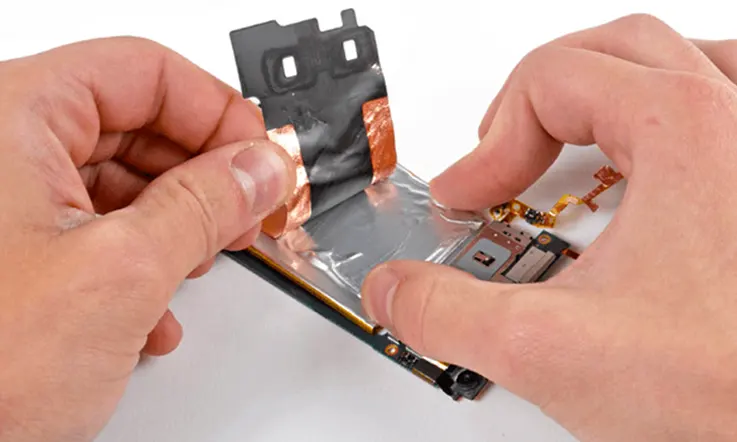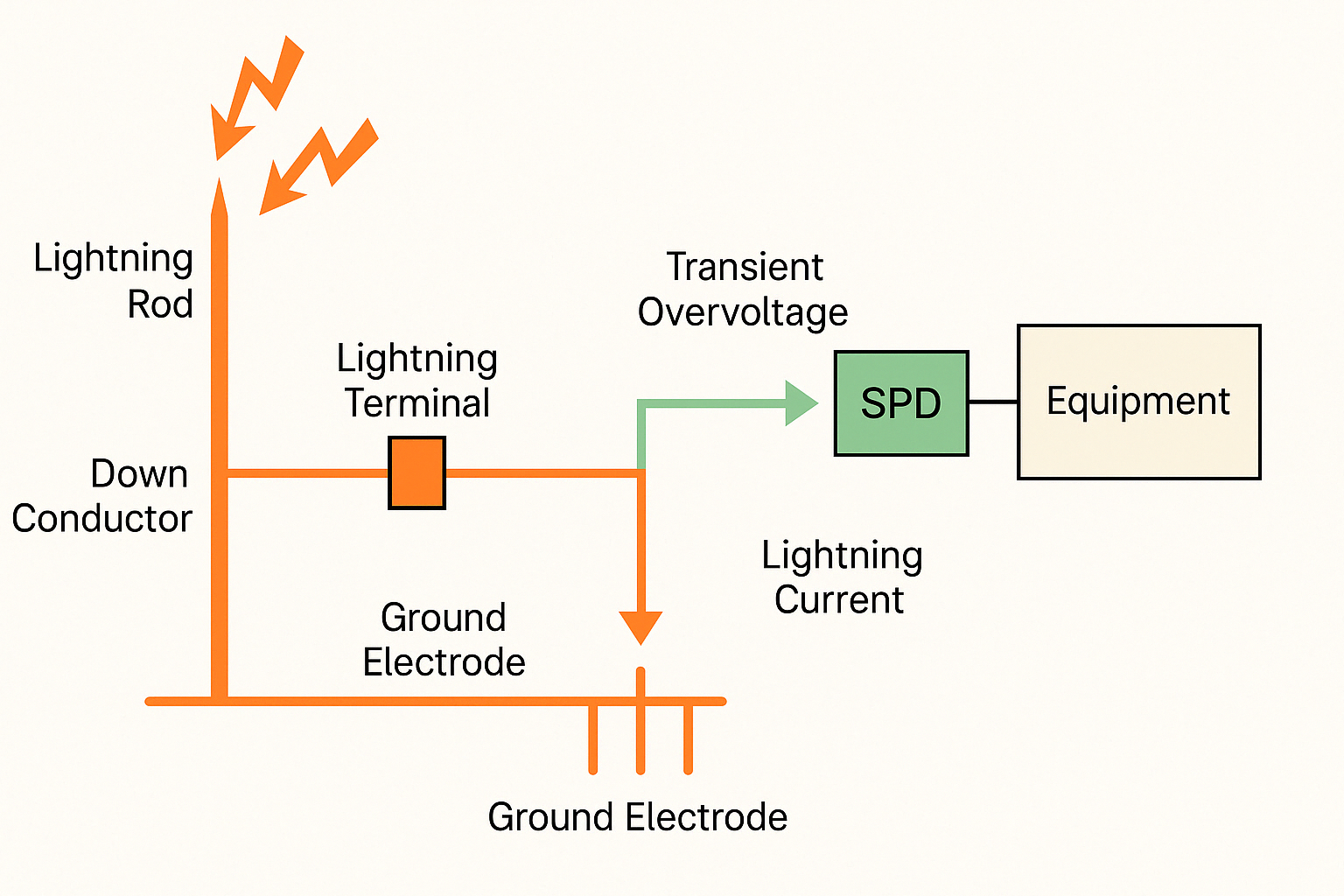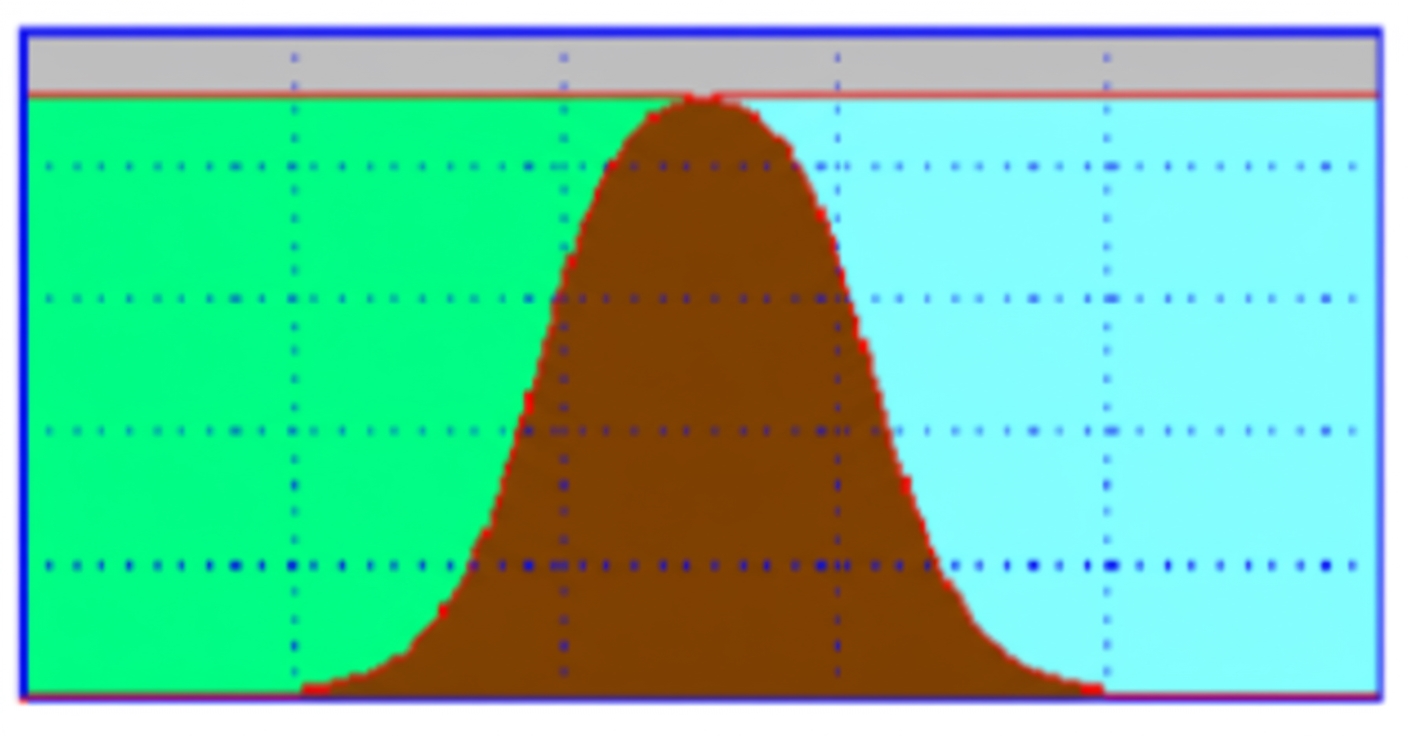Overview
ESD, EMI, and EMC are common challenges in electronic design. Electromagnetic compatibility (EMC) is the ability of equipment or a system to operate satisfactorily in its electromagnetic environment without introducing intolerable electromagnetic disturbance to that environment.
EMC covers two main aspects: emissions and immunity. Emissions limit the electromagnetic disturbance a device can generate during normal operation. Immunity, or susceptibility, is the device's ability to tolerate electromagnetic disturbances present in its environment. Electromagnetic interference (EMI) refers to any electromagnetic phenomenon that degrades the performance of equipment or systems.
EMI and EMS
EMC consists of EMI (electromagnetic interference) and EMS (electromagnetic susceptibility or immunity). EMI is the unwanted electromagnetic noise generated by a device during normal operation that may adversely affect other systems. EMS is the device's ability to perform its intended function despite the surrounding electromagnetic environment.
Design considerations
To achieve good EMC performance at reasonable cost, EMC must be addressed during product design. EMC performance is determined by design; testing only quantifies the inherent EMC characteristics. If EMC is ignored until the testing phase and only remedied through rework, significant manpower and resources will be consumed during test, verification, and redesign. Such fixes often require changes to circuit schematics, PCB layout, or mechanical structure, increasing development cost and time. Considering and predicting EMC issues early makes EMC a controllable design discipline that can be integrated with functional design.
Systematic EMC design
Improving EMC through design is not the responsibility of a single in-house EMC expert alone, because EMC issues involve hardware, mechanical structure, and other physical aspects. Engineers across disciplines must raise their EMC awareness and skills. Hardware engineers should know circuit design as well as basic EMI and EMS mitigation techniques. PCB designers need EMC knowledge related to component placement, stack-up, and high-speed routing. Mechanical engineers should understand shielding and enclosure design. Cross-discipline collaboration allows teams to eliminate EMC problems during the design phase rather than retrofit fixes later.
Regulatory consequences
Neglecting EMC in the design phase often leads to EMC test failures and may prevent products from passing regulatory certification.
ESD protection approaches
ESD protection is generally divided into two categories.
Conductive ESD protection
For protecting circuits from electrostatic currents, protection components are used to form protection circuits at sensitive inputs to divert or dissipate the current. Typical protection components include ceramic capacitors, varistors, and TVS diodes.
Radiative ESD protection
When an electrostatic field affects sensitive circuitry, protection focuses on reducing field generation and energy, improving structure to increase immunity, and protecting sensitive traces. One practical method is equipotential bonding: properly grounding or bonding the enclosure so the housing forms a common potential, which suppresses discharge. This approach has proven effective and relatively easy to implement.
General ESD mitigation methods
Common measures include reducing static accumulation, insulating the product to prevent charge generation, providing shunt paths for static currents on sensitive lines, shielding circuits in high-risk discharge areas, and minimizing loop areas to reduce exposure to magnetic fields generated by ESD. Protection strategies address both direct discharge and coupling-induced fields.
 ALLPCB
ALLPCB







